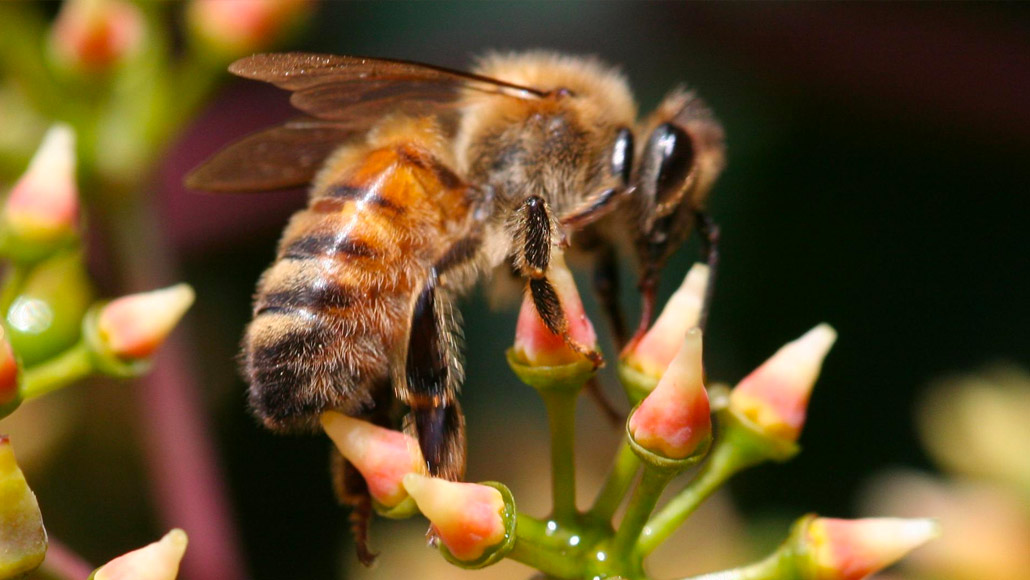Honeybee brain upgrades may help the insects find food
Changes in honeybee neurons may help the insects decode their fellow foragers’ waggle dances

Forager bees gather food for the hive. Changes to the shape and behavior of certain nerve cells might help these bees better interpret fellow foragers’ waggle dances, which tell the insects the locations of good food.
Lesley Ingram/bugwood.org (CC BY-NC 3.0)






